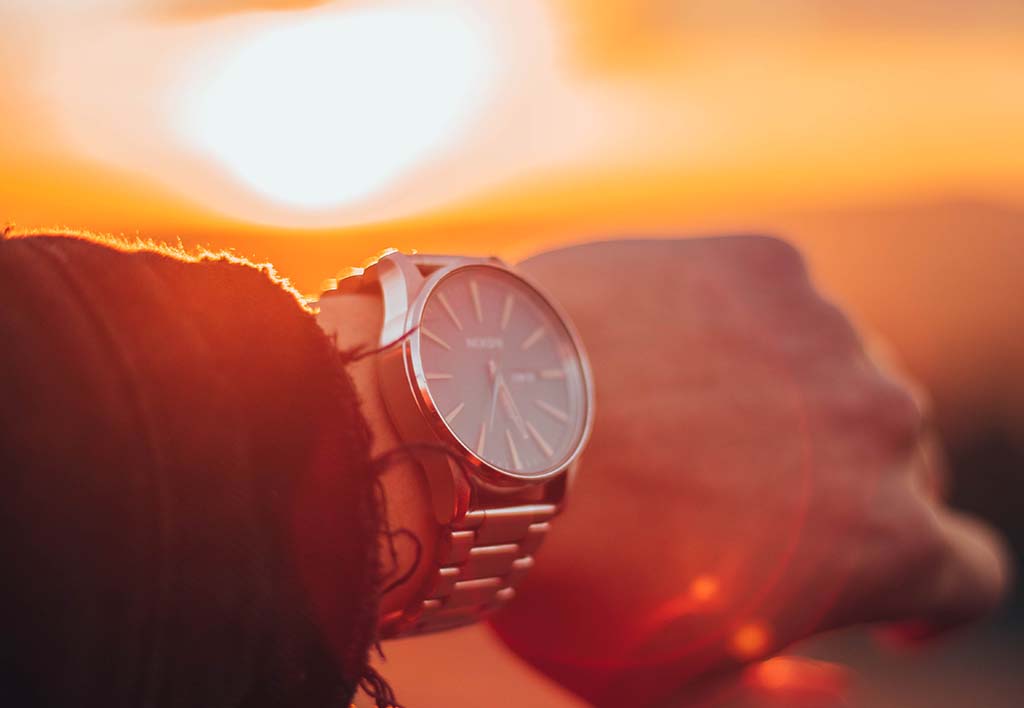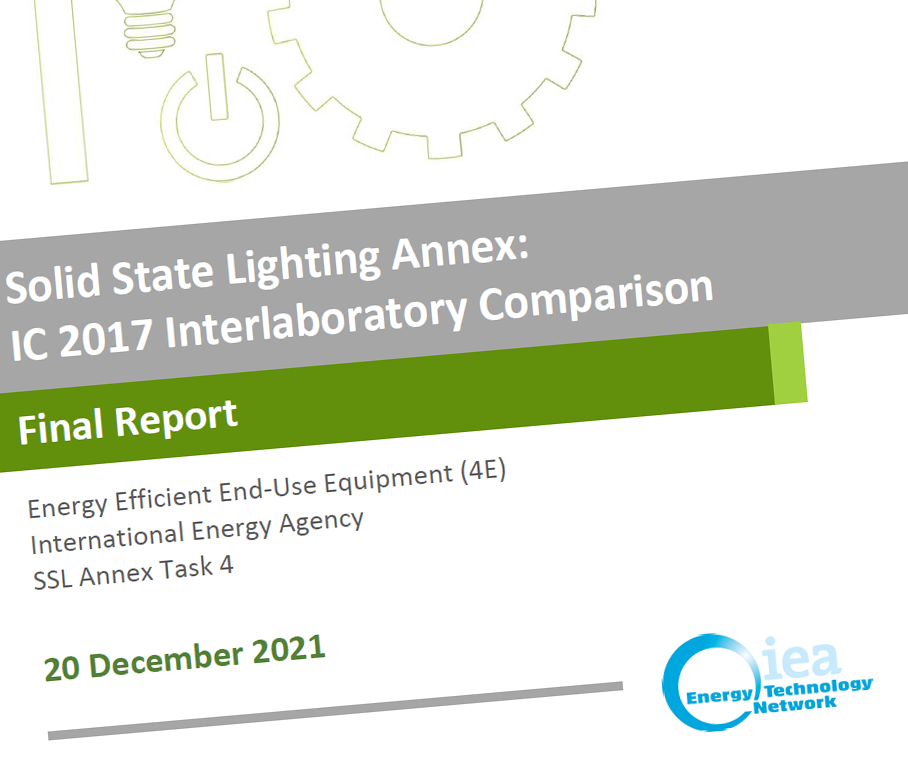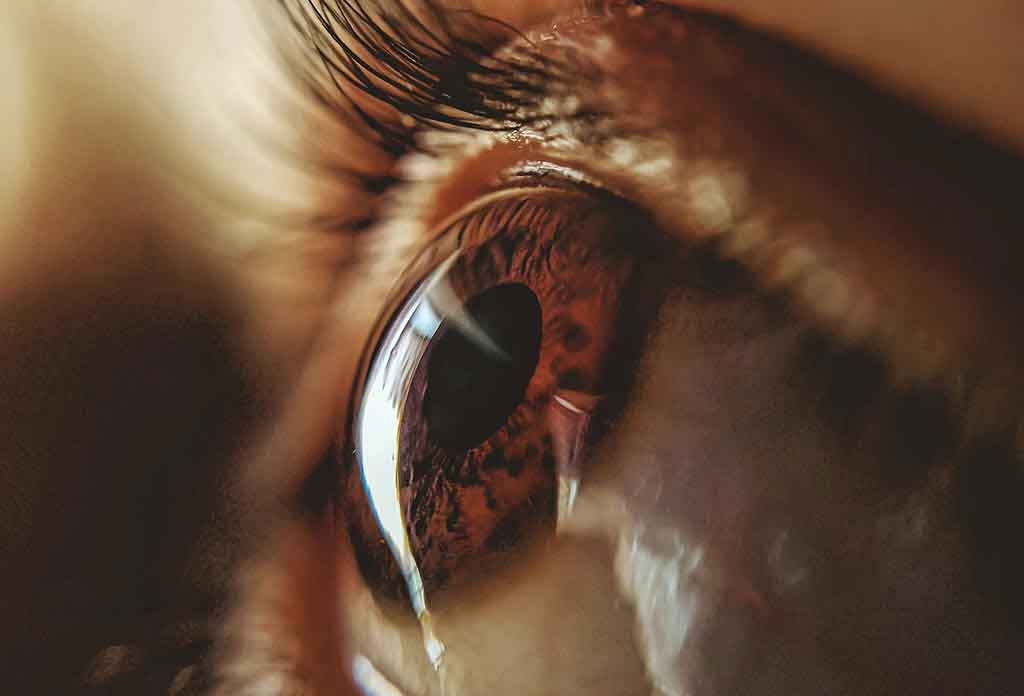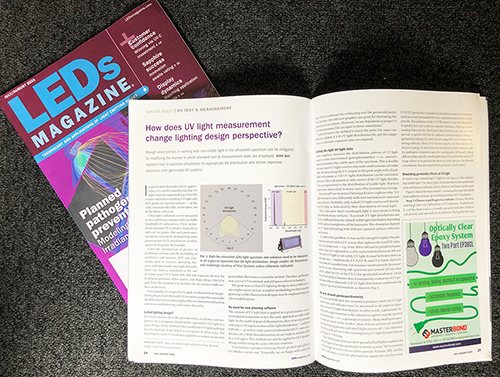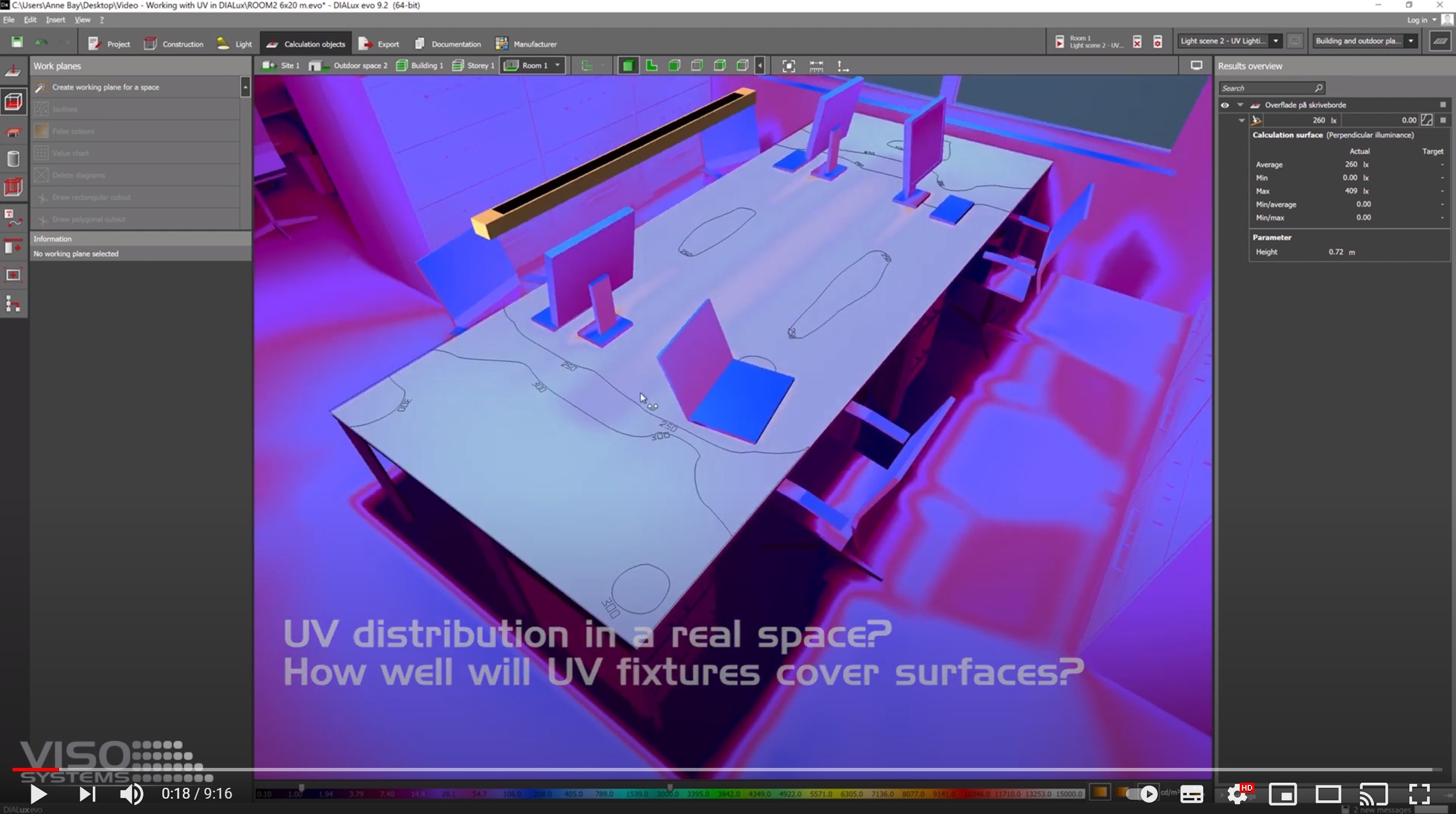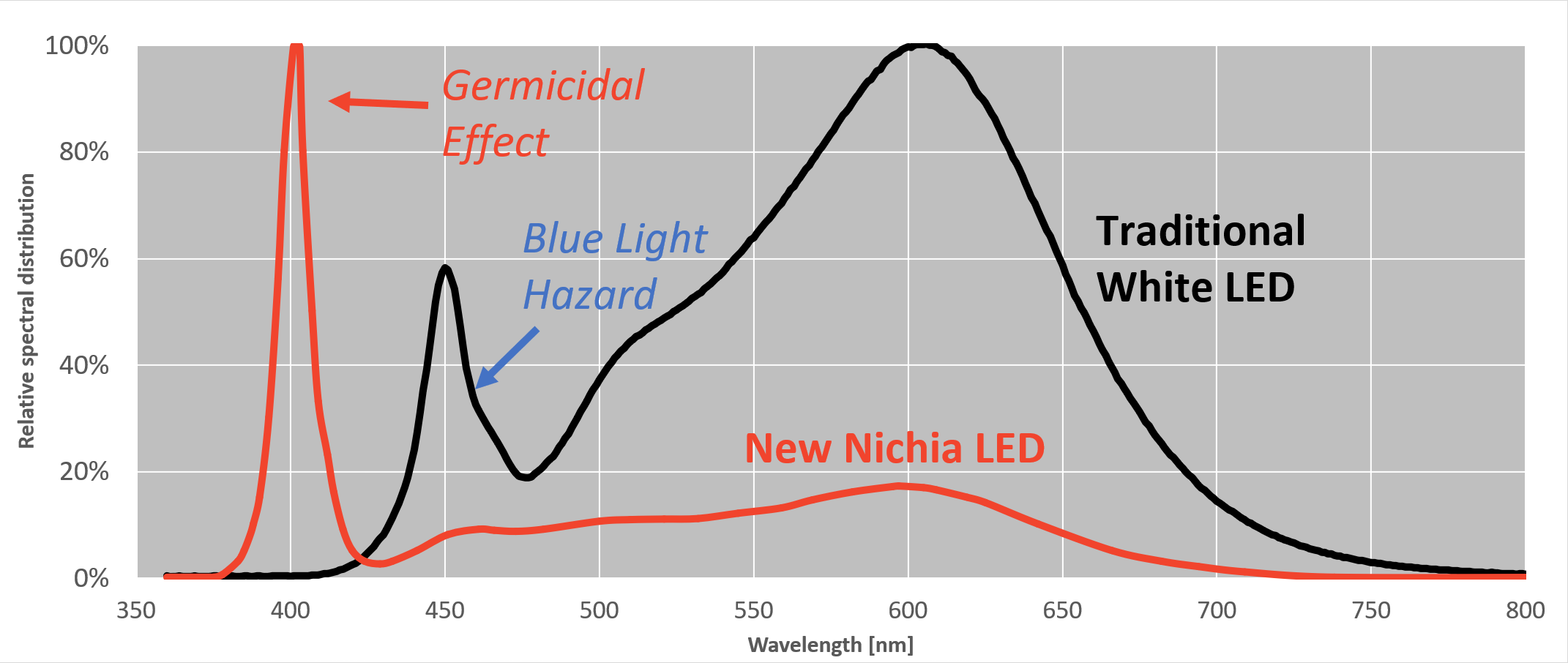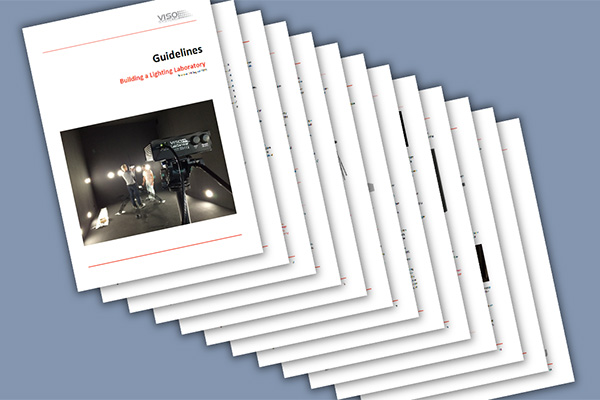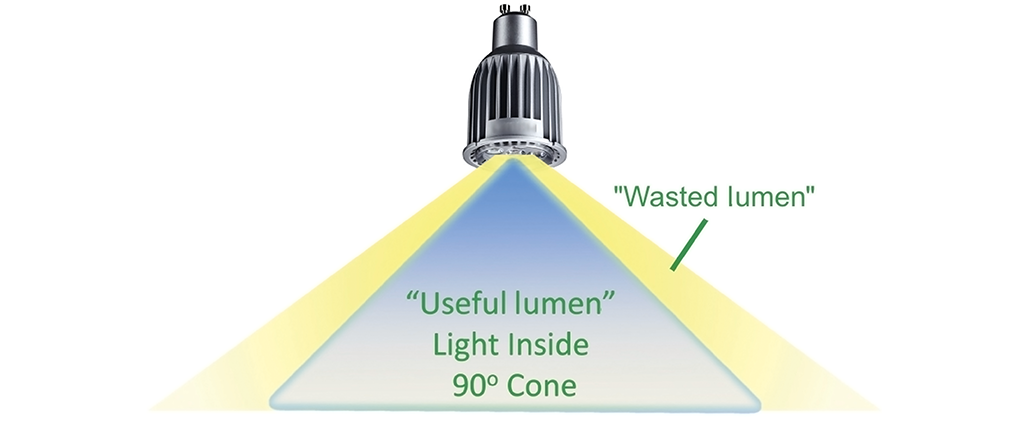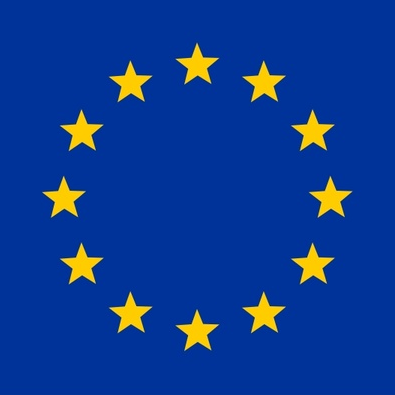Saving time in each measurement is key to making the most of your light measurement lab. Full Viso measurements typically takes 1-15 minutes. But how can accurate measurements be so […]
We are thrilled to share the results of the world’s largest interlaboratory goniometer comparison – the so-called IC2017. The Technical University of Denmark participated with a Viso system. The results […]
“A high melanopic EDI during the day is usually supportive for alertness, the circadian rhythm, and a good night’s sleep”. This is what the CIE concludes in a position statement […]
LEDs Magazine asked Viso Systems to contribute with a special feature article for their latest issue. Planned pathogen prevention is key in avoiding installations that lead to a false sense […]
Using UV light in germicidal applications is popular. A new video introduces a method that allows you to design UV lighting installations with DIALux Evo 9.2. In this way, you […]
There are interesting news from Nichia: A dual purpose LED that offers quality light and germicidal benefits. A strong peak at 405 nm means that this LED can deactivate bacterial […]
CMOS (linear image sensor) integration time can be defined as the period over which the spectrometer collects photons in every goniometer measurement point. The length of this time is important: […]
Traditionally, a photometric laboratory took up lot of space, but a measurement system from Viso will fit in almost anywhere. Many clients ask for advice in terms of lab sizing, […]

